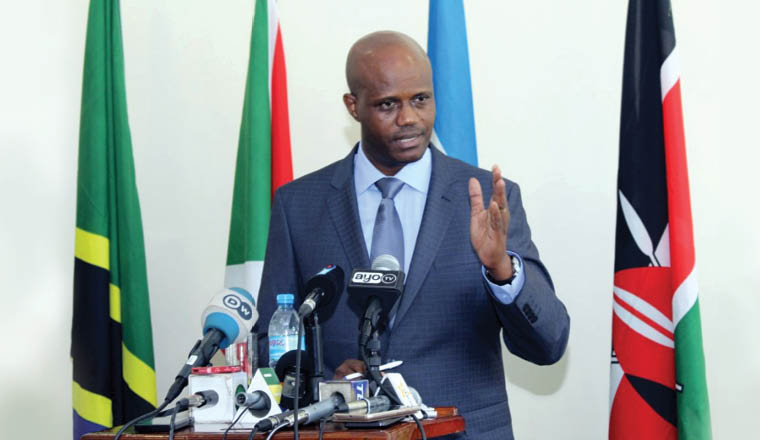Published: February 1, 2017
East Africa takes baby-steps towards monetary union
The East African Community has created some of the institutions that it needs to build a full monetary union, which offers substantial benefits, but many pitfalls, for the region.
The East African Community (EAC) has announced the creation of four new institutions designed to push forward its much-delayed currency union. The bodies, which cover financial supervision, regulation, compliance and statistics, are one small step towards integration in a region that has long promised to form one coherent economic bloc.
“The dream is to have east Africans trade easily using any of their currencies and eventually have an East African common currency,” the EAC’s secretary-general, Liberat Mfumukeko, said at the announcement in Arusha, Tanzania.
Resolving intra-African trade has been a perennial challenge for policymakers and development experts; the region’s infrastructure points outwards towards its coasts, a legacy of colonialism, and internal land borders are often inefficient and under-resourced. A complex web of bureaucracies and tariffs on those borders means that it is often much cheaper to export goods off the continent than it is within it. According to estimates by the UN Convention on Trade and Development, intra-African exports typically incur tariffs of nearly 9%, compared to 2.5% to send goods overseas.


